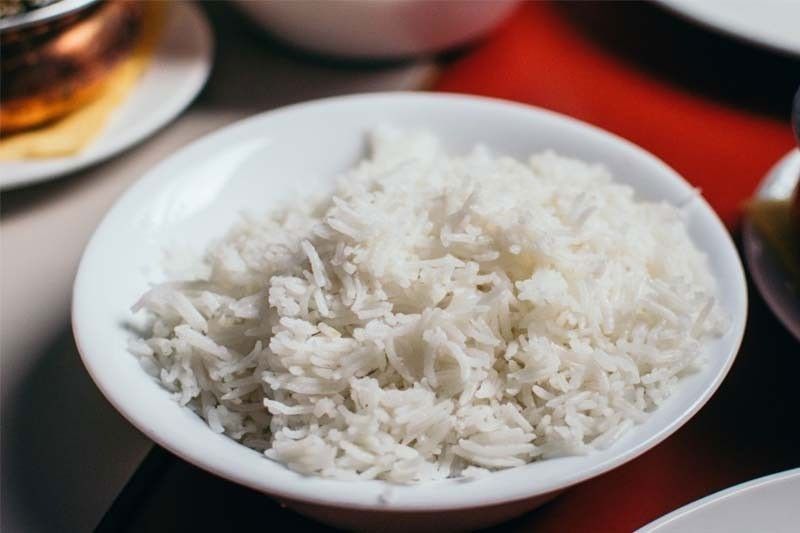Coming soon: Rice for diabetics

Savoring staple sans sugar spike
MANILA, Philippines — Filipino rice lovers may soon need not worry about their blood sugar level spiking when eating the staple as scientists at the International Rice Research Institute (IRRI) are advancing well with its ultra-low glycemic index (GI) rice.
Reuben James Buenafe, an associate scientist at IRRI, said the institute is hopeful that the low and ultra-low GI rice varieties would be released to farmers next year.
The low and ultra-low GI project, which was first revealed in October 2023 before President Marcos, is currently undergoing multi-location trials in over 10 provinces nationwide. Marcos himself endorsed the low and ultra-low GI rice varieties, pointing out that the new varieties would boost Filipinos’ nutrition intake.
The variety is being touted as a viable alternative to commercially available white rice that contains high GI levels, which can increase the risk of Type 2 diabetes.
Since IRRI is based in the country, Buenafe said Filipino rice farmers would be the first to have commercial access to the new varieties.
In October last year, IRRI interim director general Ajay Kohli said the low and ultra-low GI rice varieties would be “market-ready within two years.”
The low and ultra-low GI rice varieties boast lower GI index compared to commercially available white rice.
Rice has high GI levels if its GI is 70 and above, medium if 55 to 69, low if less than 59 and ultra-low if less than 45.
For comparison, most of the rice varieties sold in the market, including the Pinoy favorite Dinorado, have GI levels between 70 and 72 while IRRI’s ultra-low GI rice can go as low as 25.
IRRI scientists explained that the low and ultra-low GI rice varieties would be beneficial to people with diabetes since their blood sugar level would not spike upon consuming the staple.
Latest data released by the Philippine Statistics Authority (PSA) showed that diabetes mellitus is the fourth leading cause of death in the country.
“One of the reasons why we crave more rice is the insulin response due to a fast spike in our blood sugar level when we eat,” said Rhowell Tiozon Jr., a researcher and doctoral scholar at IRRI.
“If the food has low GI and high protein, our insulin response would be slow because we will experience satiety or satisfaction in food – so you get full faster,” Tiozon added.
IRRI scientists also discovered that the ultra-low GI rice variety they were producing also contains high protein content of about 14.5 percent.
The higher protein content would help in muscle growth and boost brain activity which IRRI scientists pointed out would be beneficial to kids, particularly those struggling in their studies.
IRRI scientists are also working on converting the Dinorado variety into a low or ultra-low variant, making it more palatable to consumers while getting the benefits of their scientific discovery.
IRRI scientists emphasized that the cost to farmers and possible retail price of the low and ultra-low rice varieties would be the same as the ones sold in the market today.
“It has the same planting requirements, therefore there should not be any change in the price. It will even fetch a premium for farmers since it will have a niche market,” Tiozon said.
“Diabetic Filipino consumers would be encouraged to buy this variety,” he added.
Buenafe noted that the low and ultra-low GI rice market was valued at $3.12 billion in 2019 and was expected to grow by five percent annually.
- Latest
- Trending
































